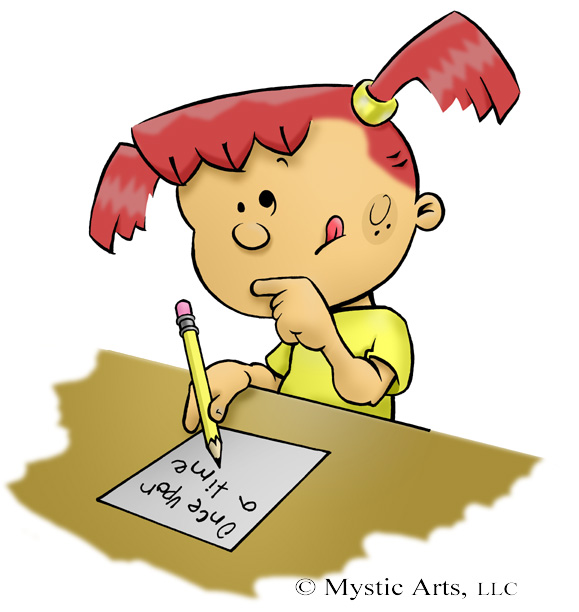Journals, as part of a daily writing program ,can make a huge impact on children seeing themselves as writers. Students can use this time to write about items of their choice, special interest and feelings. The possibilities are endless. I encourage my children to think about things that evoke emotion (happy,sad,mad), things that they are really good at or know a lot about. An activity that can be very inspiring for a child is to pick or design the cover of their own  journal. Feeling ownership for the writing utensils and giving them the power to create it in the way that they want is very empowering for a young writer.
journal. Feeling ownership for the writing utensils and giving them the power to create it in the way that they want is very empowering for a young writer.
Here are a few guidelines to consider:
- Start on the FIRST day of school!
- Set a daily time.
- Provide each child with a personal journal.
- Teach children to date their work.
- Model the process frequently.
- Provide Mini-lessons to introduce/advance children’s writing.
Journals provide teachers with authentic lessons and aid in differentiation. Journaling through the stages offers multiple opportunities for meeting students at their needs! Teachers can clearly see where a child’s abilities lie and provide input and tailor lessons to advance individuals to the next level. Journals aide teachers in assessment by providing authentic assessment opportunities for students. Journals provide a running record of the child’s achievement.


